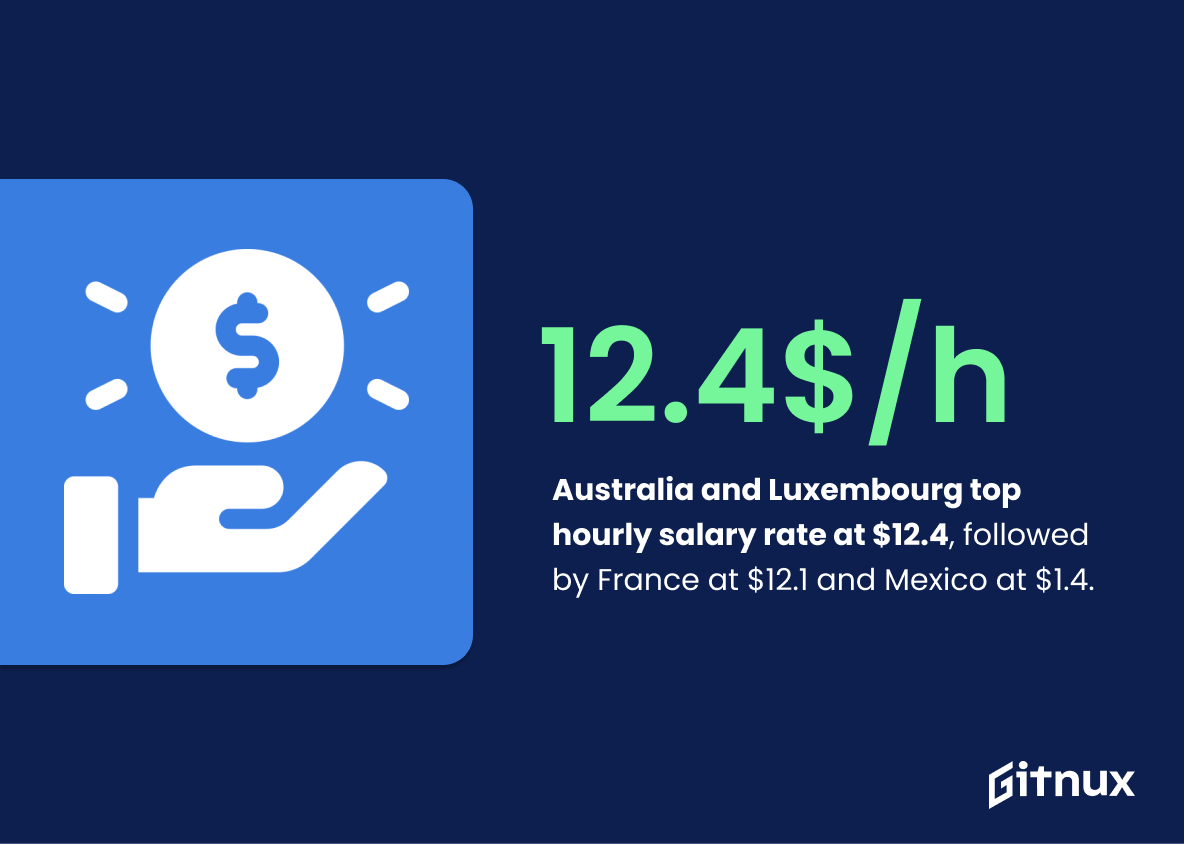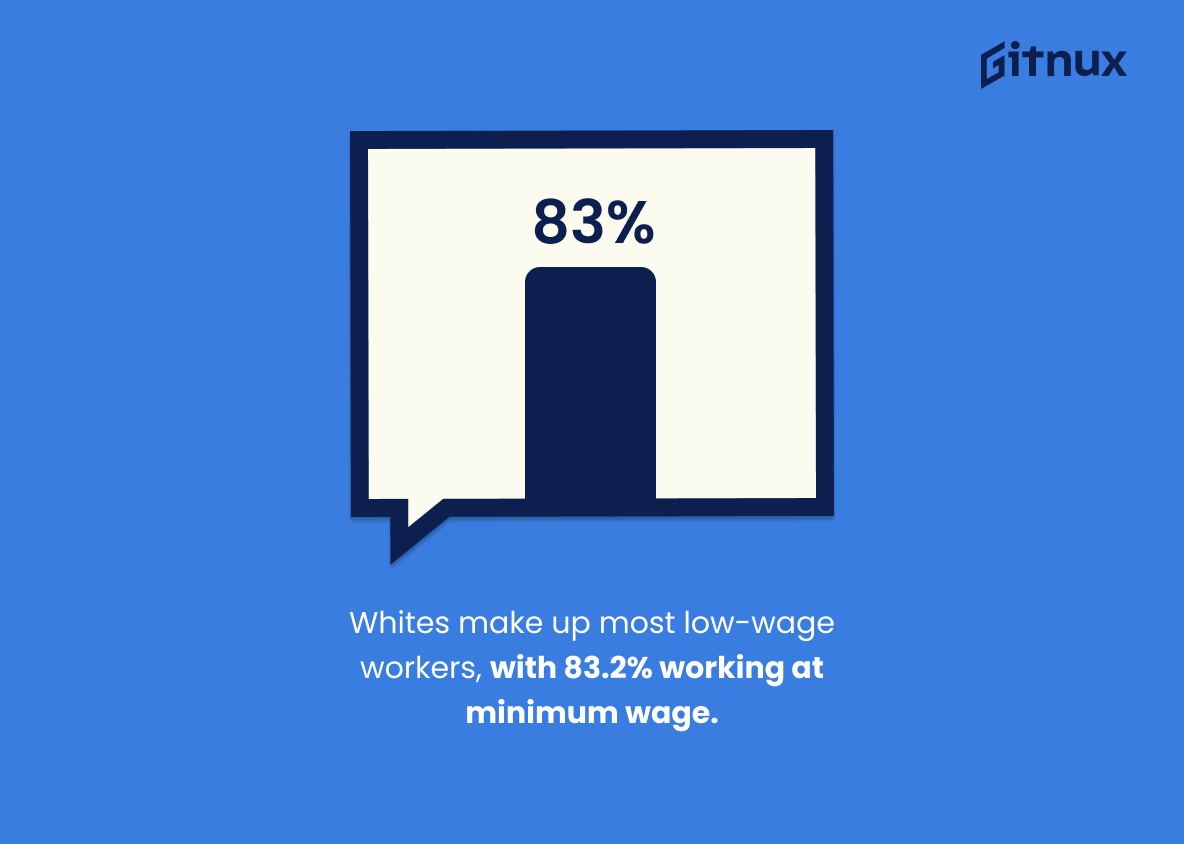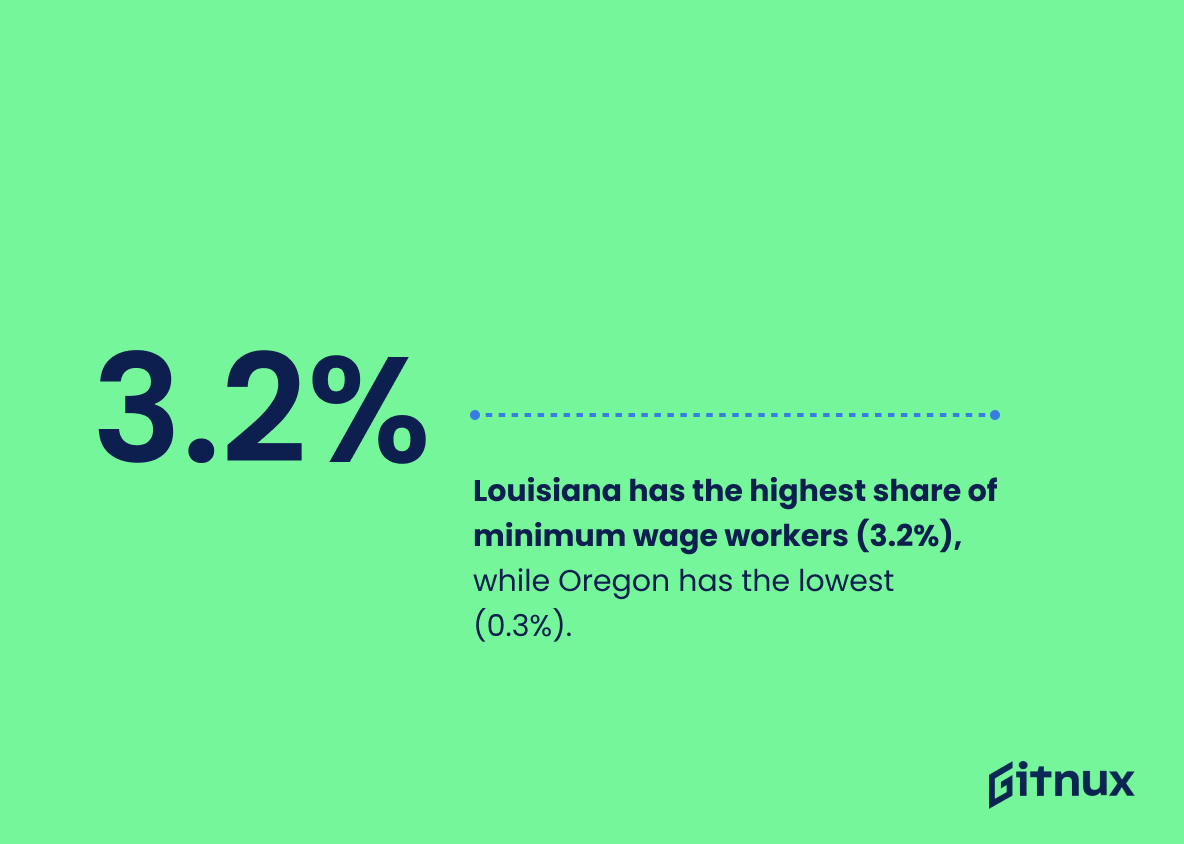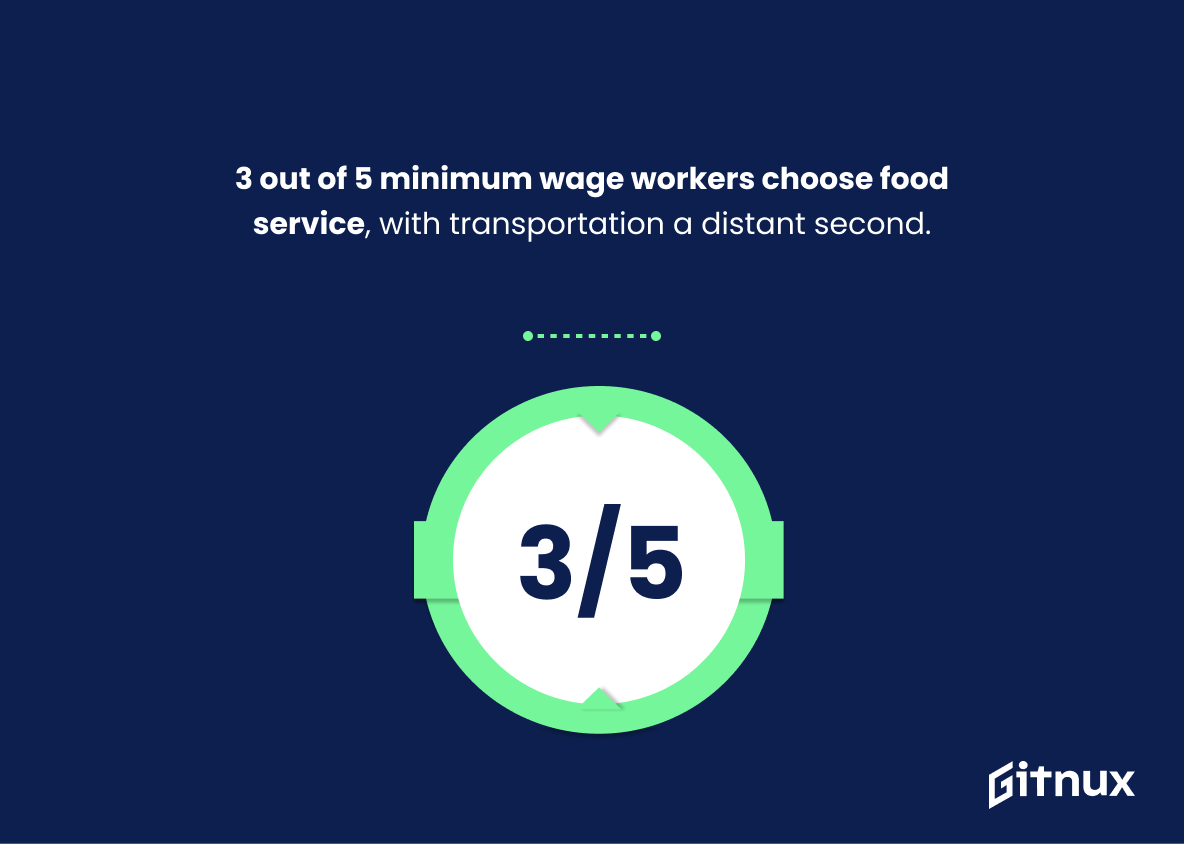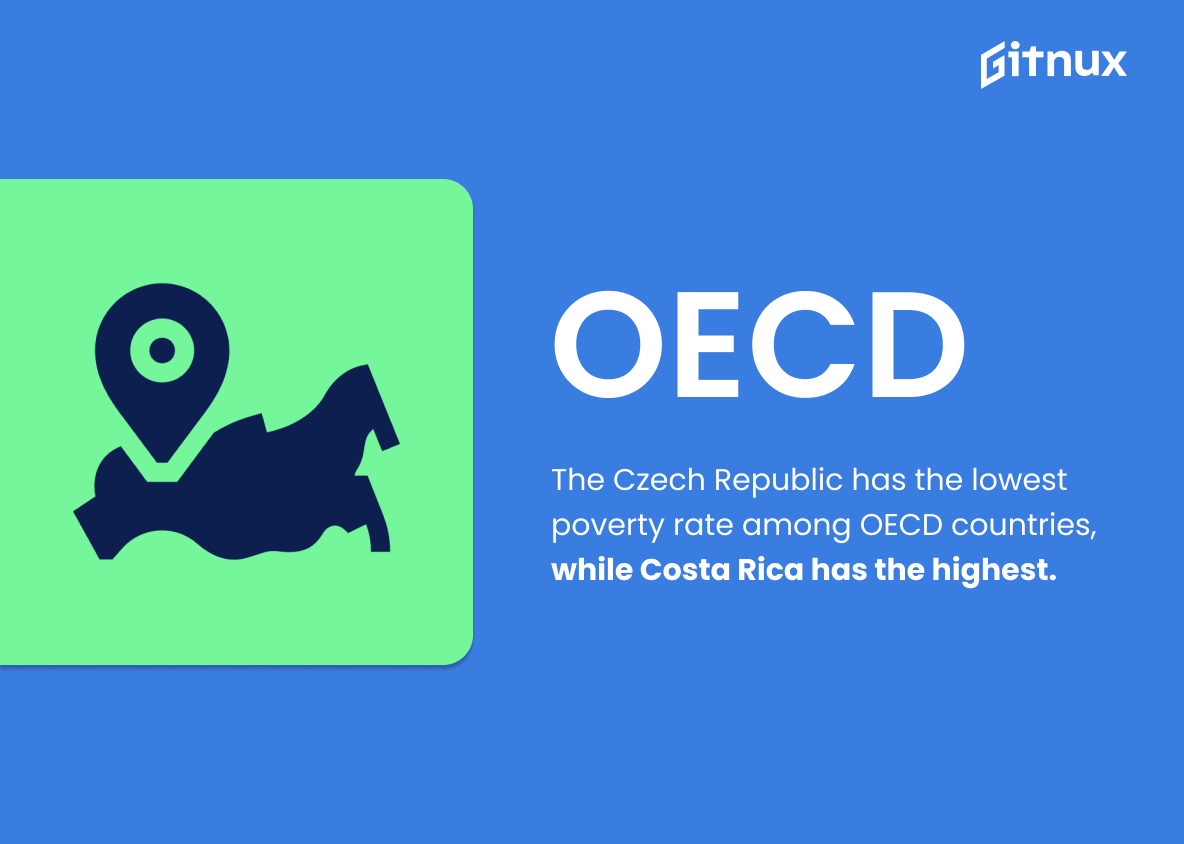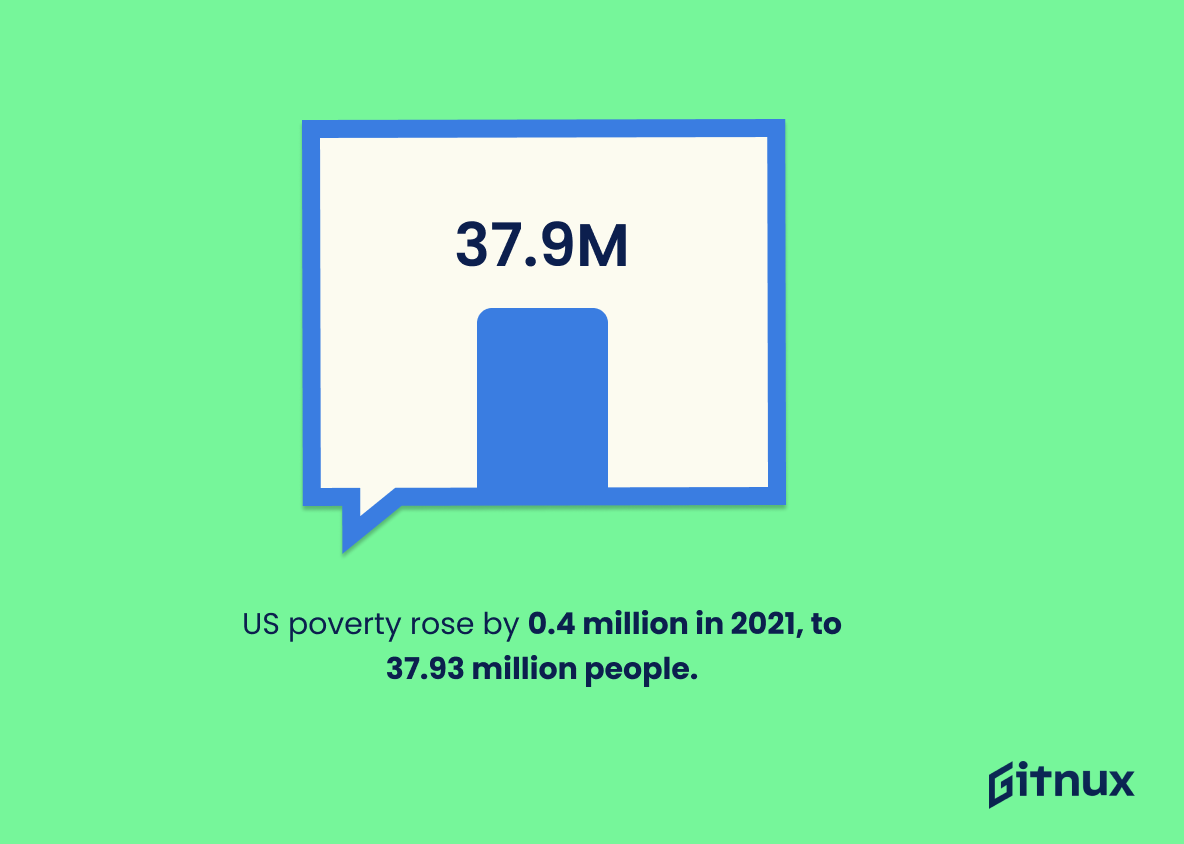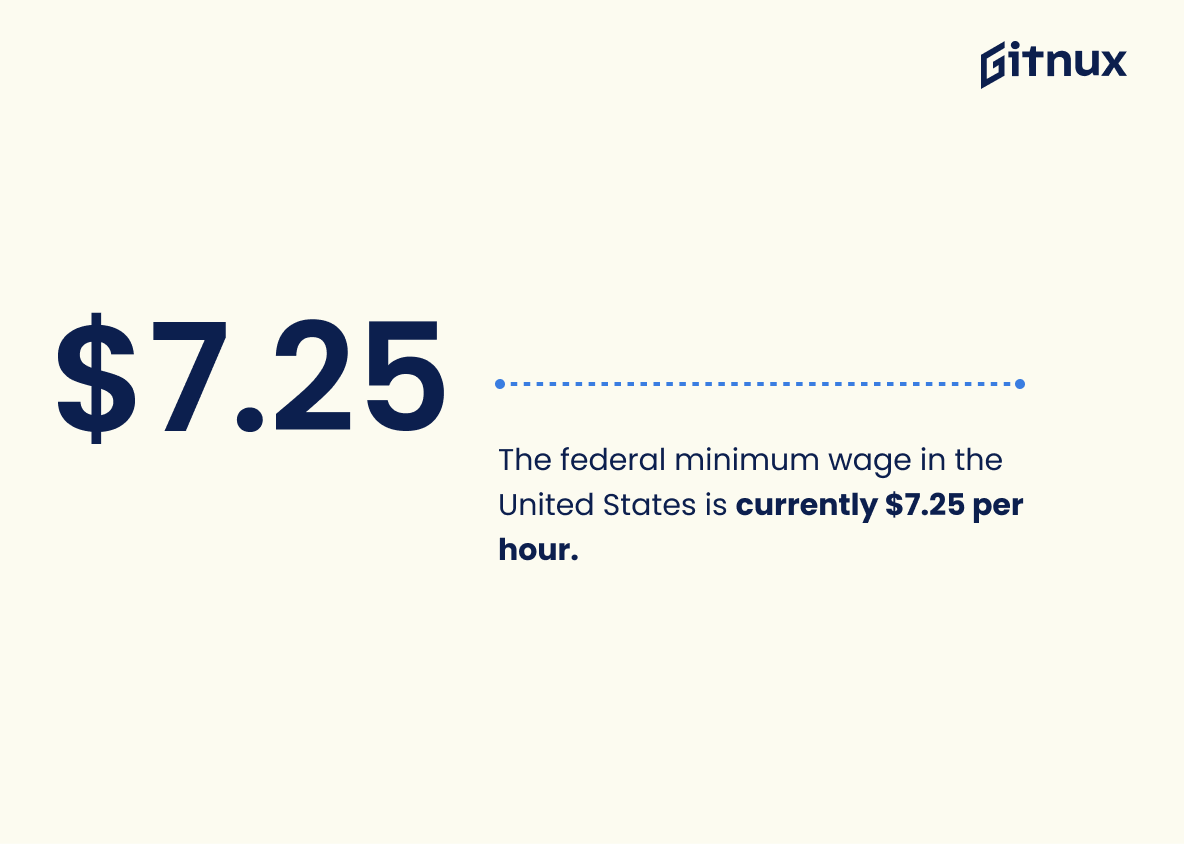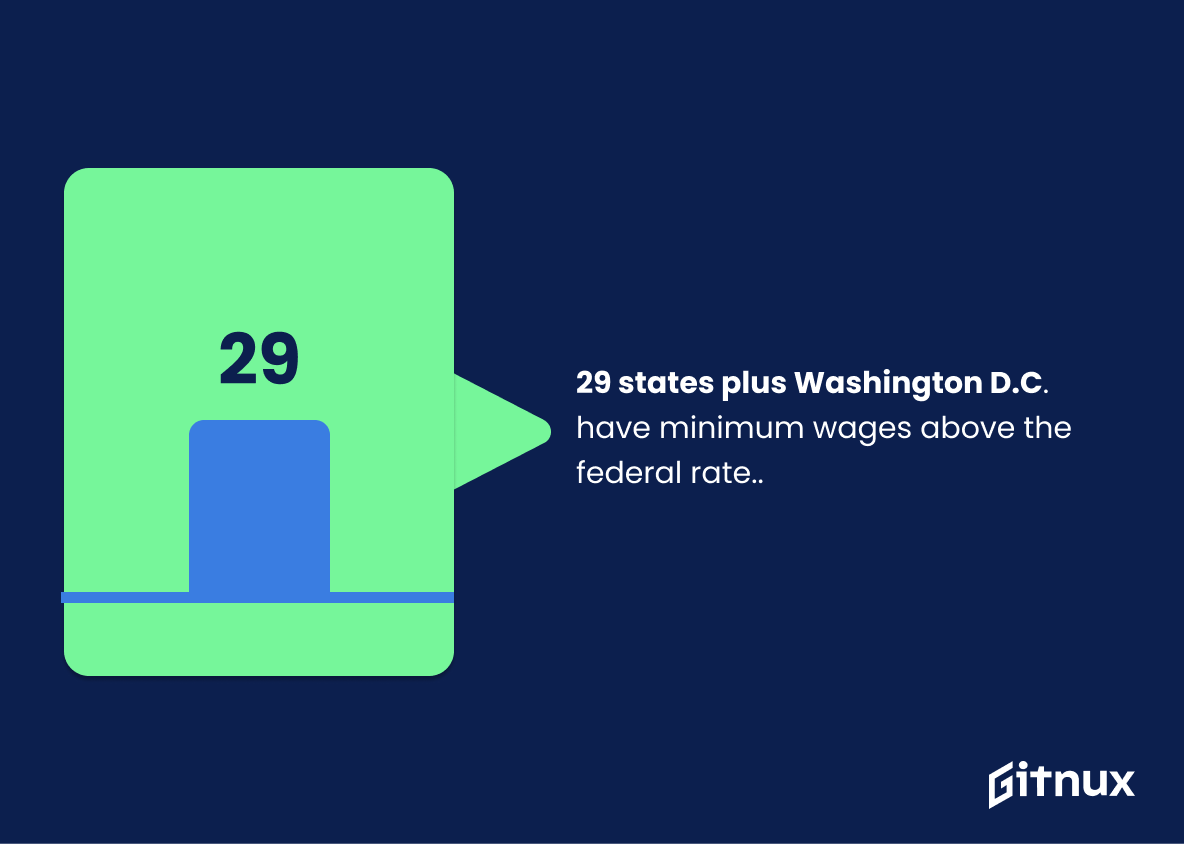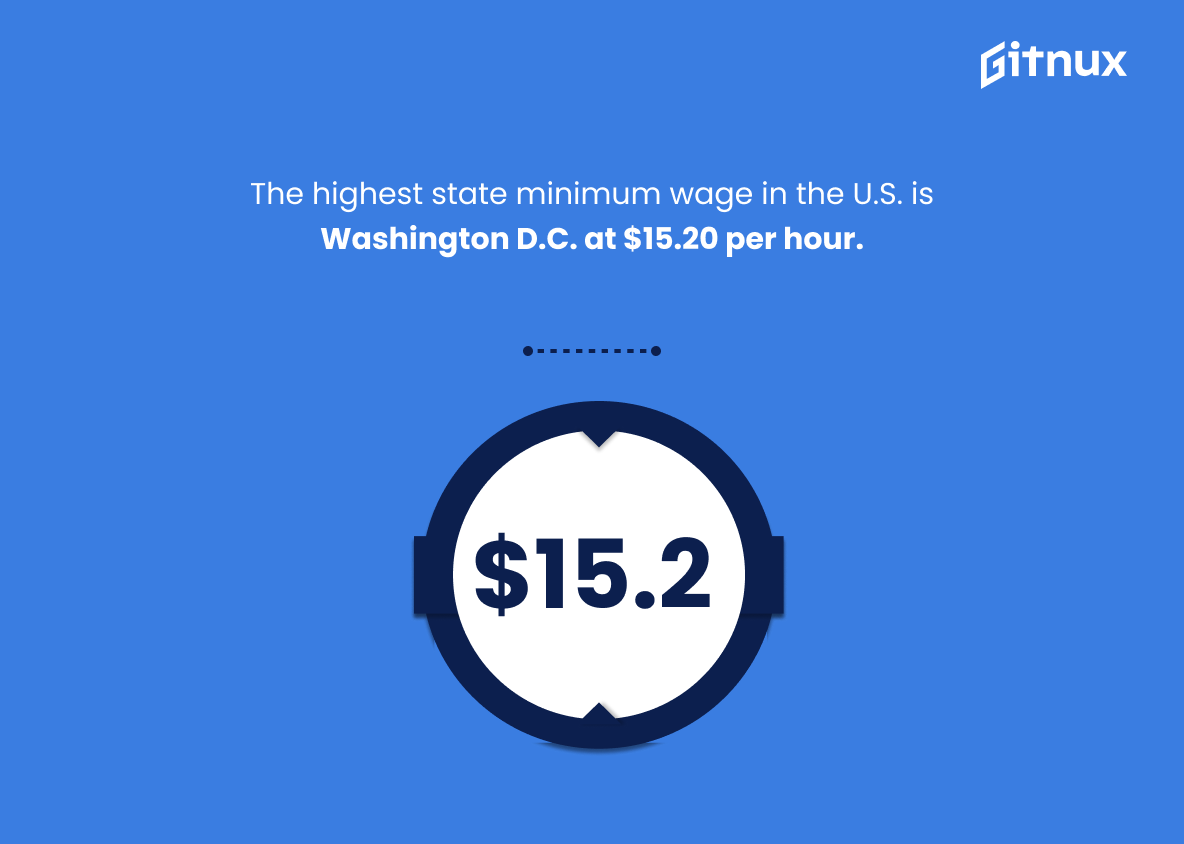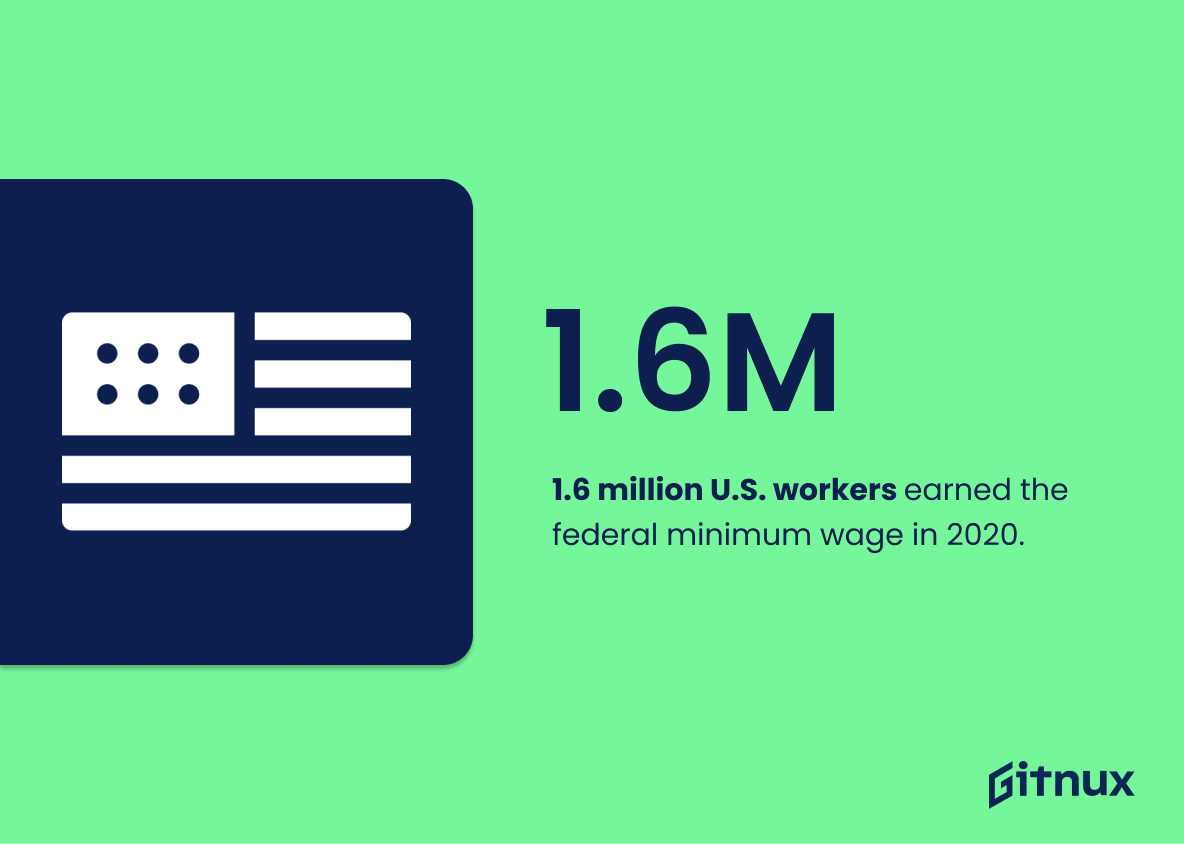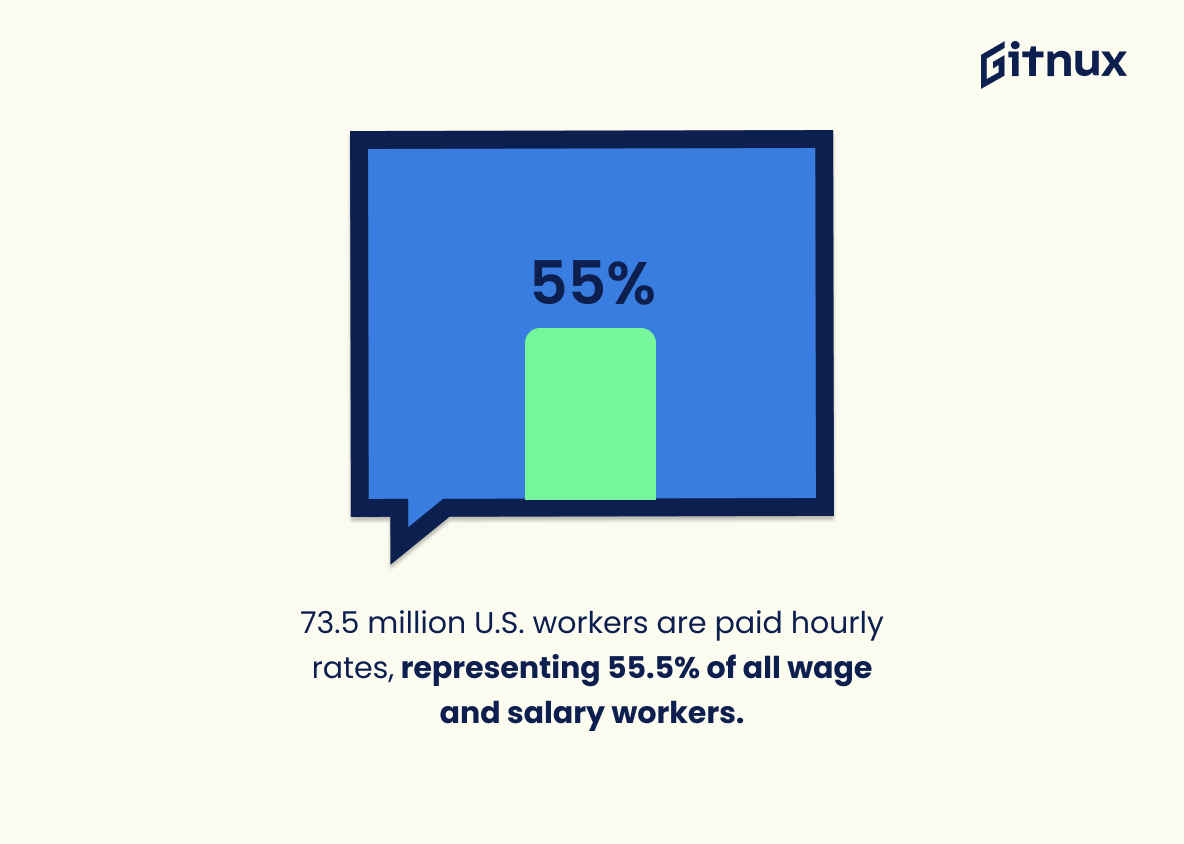Minimum wage is a hot-button issue in the United States and around the world. It affects the lives of millions of people, and can have a major impact on the economy. In this blog post, we’ll be looking at some of the latest minimum wage statistics from around the world, and discussing what they mean for the future of the minimum wage debate.
We’ll also be exploring the potential implications of these statistics for businesses and employees alike. So, without further ado, let’s dive into the latest minimum wage statistics and see what they tell us.
Minimum Wage: The Most Important Statistics
Average salaries in Australia are the highest among the selected countries, at 83,910 U.S. dollars, followed by the United States at 55,522 U.S. dollars and Germany at 49,876 U.S. dollars.
In 2021, 37.93 million people in the United States lived below the poverty line, an increase of 0.4 million from the previous year.
Minimum Wage Statistics Overview
Australia and Luxembourg have the highest hourly salary rate of 12.4 dollars, followed by France with 12.1 dollars and Mexico with the lowest rate of 1.4 dollars.
The minimum wage in the United States varies by state, with District of Columbia having the highest at 16.5 dollars and Georgia and Wyoming having the lowest at 7.25 dollars. This can have a significant impact on the quality of life for those earning the minimum wage, and can be an important factor in determining where people choose to live and work.
Whites make up the majority of the low-wage labor market, with 832 out of every 1,000 people working at the minimum wage.
Whites therefore have the highest proportion of minimum wage jobs, while Asians have the least share.
Louisiana has the highest share of workers earning the federal minimum wage of $7.50 per hour, at 3.2%, while Oregon has the lowest percentage at 0.3%.
Zurich and Geneva are the two most expensive cities in the world, with Tokyo being the most expensive Asian city and Nordic countries having high living costs.
This shows how much more expensive it is to live in certain cities, which could potentially affect the minimum wage that is set in those cities. If the cost of living is higher, the minimum wage may need to be higher in order to make ends meet.
Average salaries in Australia are the highest among the selected countries, at 83,910 U.S. dollars, followed by the United States at 55,522 U.S. dollars and Germany at 49,876 U.S. dollars.
In May 2021, medical jobs were the highest paying, with psychiatrists earning an average of $249,760 and cardiologists earning an average of $353,970.
This shows the stark contrast between the highest and lowest paying jobs.
Three out of five minimum wage holders choose to work in the food service industry, while the transportation industry is a distant second choice.
Minimum wage workers are often employed in the food service industry, which has implications for the types of jobs available to those earning minimum wage. It also highlights the need for policies that support workers in the food service industry, as they are the ones most affected by changes to minimum wage.
The Czech Republic has the lowest poverty rate among OECD countries, while Costa Rica has the highest.
Knowing the poverty rate of a country can help inform decisions about minimum wage policies and how they may impact poverty levels.
In 2021, 37.93 million people in the United States lived below the poverty line, an increase of 0.4 million from the previous year.
The COVID-19 pandemic has caused a reversal of the downward trend in poverty, and an increase in the minimum wage could help to reduce the number of people living in poverty.
The federal minimum wage in the United States is currently $7.25 per hour.
This serves as a benchmark for the discussion of the current minimum wage and its effects on the economy, as well as the potential for future increases. It is also a reminder of the importance of advocating for a living wage for all workers.
29 states plus Washington D.C. have minimum wages above the federal rate.
This statistic is a powerful indicator of the growing trend of states taking the initiative to raise their minimum wages above the federal rate. It speaks to the increasing momentum of the movement to ensure that workers are paid a living wage, and that their hard work is rewarded with fair compensation.
The highest state minimum wage in the U.S. is Washington D.C. at $15.20 per hour.
Washington D.C. has set the bar high for other states to follow, and it is a reminder that the fight for fair wages is ongoing.
1.6 million U.S. workers earned the federal minimum wage in 2020.
This highlights the need for an increase in the minimum wage to ensure that workers can earn a living wage and have access to basic necessities.
73.5 million U.S. workers are paid hourly rates, representing 55.5% of all wage and salary workers.
The majority of wage and salary workers are paid by the hour, making them particularly vulnerable to changes in the minimum wage. This statistic is a reminder of the importance of ensuring that the minimum wage is set at a level that provides a living wage for all workers.
In European Union countries, the average minimum wage in 2021 is €948 per month.
This provides a snapshot of the average minimum wage across the region, giving readers an idea of the financial security that workers in the EU can expect. By understanding this statistic, readers can gain insight into the economic disparities between countries and the impact of minimum wage on the lives of workers.
Australia has the highest minimum wage in the world at AUD $20.33 per hour (USD $14.56).
This is a powerful reminder that, even in a globalized world, countries can still take steps to ensure that their citizens are not left behind in terms of wages. This statistic is a beacon of hope for those who are struggling to make ends meet and a reminder that governments can and should take action to ensure that their citizens are provided with a fair wage.
Over 2 million workers in the United Kingdom receive the National Living Wage (£8.91 per hour as of 2021).
Millions of workers are relying on this wage to make ends meet, and that it is a vital source of income for many. It also serves as a reminder of the need for the government to ensure that the National Living Wage is kept up to date with the cost of living, so that workers can continue to receive a fair wage.
The average minimum wage in Latin America is 388 U.S. dollars per month in 2021.
Many people in the region are struggling to make ends meet, and that wages are not keeping up with the cost of living. It is a stark reminder of the need for governments to take action to ensure that workers are paid a fair wage.
The highest minimum wage among African countries is in Angola at $136 per month.
Despite the economic challenges faced by many African countries, Angola is leading the way in providing a livable wage to its citizens. This statistic serves as a benchmark for other African countries to strive for, and it is a testament to the commitment of the Angolan government to ensure that its citizens have access to a fair wage.
In 2019, approximately 82,000 workers earned the minimum wage in Canada.
This highlights the need for a living wage that can provide a more secure and comfortable life for those who are earning the minimum wage. This statistic is a call to action for policy makers to ensure that all Canadians have access to a fair and livable wage.
In India, the minimum wage varies by state, profession, and skill level, with rates ranging from INR 176 – 437 per day.
This statistic is a powerful reminder of the stark disparities in minimum wage across India. It highlights the need for a unified minimum wage policy that ensures fair and equitable wages for all workers regardless of their profession, skill level, or state.
Minimum wage in China varies by province and ranges from ¥16 to ¥25 per hour in 2021 (approximately $2.48 to $3.87 per hour).
This statistic is a crucial piece of information when it comes to understanding the current state of minimum wage in China. It highlights the stark differences between provinces, with some areas offering significantly higher wages than others. This data can be used to inform policy decisions and to help ensure that all workers in China are receiving a fair wage.
From 1994 to 2021, the United States’ federal minimum wage increased 81.5%, from $4.00 to $7.25.
Over the past 27 years, the federal minimum wage has increased by nearly 82%, from $4.00 to $7.25. This is a significant achievement, and it serves as a reminder of the importance of continuing to advocate for fair wages for all workers.
Research shows that minimum wage increases may cause price increases in industries with a higher concentration of low-wage workers.
While increasing the minimum wage may benefit low-wage workers, it could also lead to higher prices in industries with a higher concentration of low-wage workers. This could have a ripple effect, leading to higher prices for consumers and potentially reducing the overall purchasing power of the population.
The real value of the U.S. minimum wage, adjusted for inflation, has decreased by 31.2% since its peak in 1968.
This highlights the need for an increase in the minimum wage to ensure that workers are able to keep up with the rising cost of living.
In 2021, 21 states in the United States have enacted minimum wage increases through various types of legislation, ballot measures, or automatic adjustments.
More and more states are taking action to ensure that their citizens are able to earn a living wage. This is an encouraging sign that the fight for fair wages is gaining traction and that more people are being given the opportunity to make a living wage.
Minimum wage workers make up about 2.3% of the total U.S. workforce but account for about 15% of those living in poverty.
Despite making up a small portion of the total workforce, they are disproportionately represented among those living in poverty. This highlights the need for an increase in the minimum wage to help lift these workers out of poverty and provide them with a livable wage.
Conclusion
In conclusion, the minimum wage statistics show that the minimum wage has been increasing over the years, but not at a rate that is keeping up with inflation.
This means that the purchasing power of the minimum wage is decreasing, and that workers are not able to make ends meet with the current minimum wage. It is important for policy makers to take this into consideration when making decisions about the minimum wage, and to ensure that workers are able to make a living wage.
References
1 – https://www.statista.com/statistics/322716/ranking-of-oecd-countries-by-national-minimum-wage/?locale=en
2 – https://www.statista.com/statistics/238997/minimum-wage-by-us-state/
3 – https://www.statista.com/statistics/298873/number-of-workers-with-earnings-at-or-below-min-wage-in-the-us-by-ethnicity/
4 – https://www.statista.com/statistics/635009/us-minimum-wage-workers-by-state/?locale=en
5 – https://www.statista.com/statistics/262806/worldwide-exclusive-rent-index/?locale=en
6 – https://www.statista.com/statistics/1282801/average-earnings-by-country/?locale=en
7 – https://www.statista.com/statistics/243861/highest-paying-occupations-in-the-us/?locale=en
8 – https://www.statista.com/statistics/299329/us-minimum-wage-workers-by-occupation/
9 – https://www.statista.com/statistics/233910/poverty-rates-in-oecd-countries/?locale=en
10 – https://www.statista.com/statistics/233138/number-of-people-living-below-the-poverty-in-the-us/
11 – https://www150.statcan.gc.ca
12 – https://www.gov.uk
13 – https://www.latinvex.com
14 – https://www.cbo.gov
15 – https://ec.europa.eu
16 – https://www.worlddata.info
17 – https://paycheck.in
18 – https://www.dol.gov
19 – https://www.ncsl.org
20 – https://www.pewresearch.org
21 – https://www.nber.org
22 – https://www.fwc.gov.au
23 – https://www.xinhuanet.com
24 – https://does.dc.gov
25 – https://www.bls.gov
